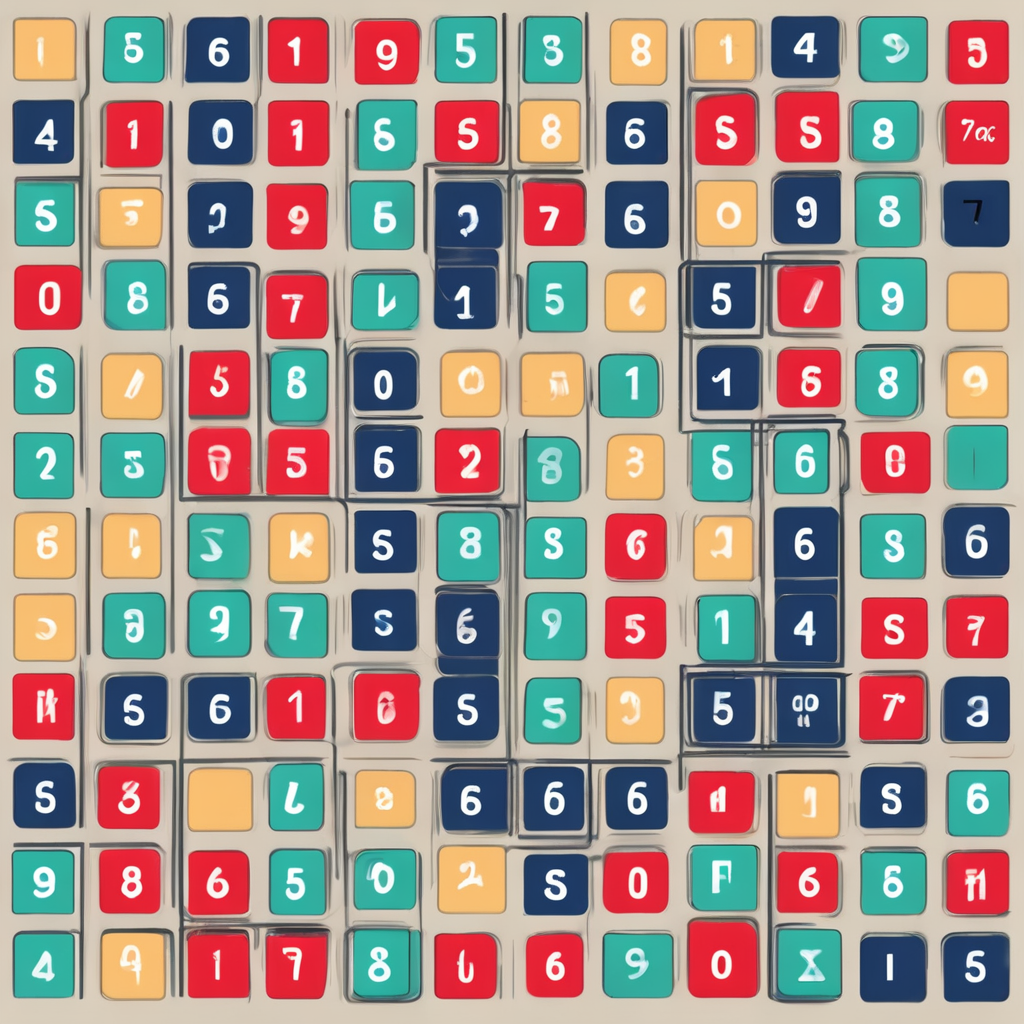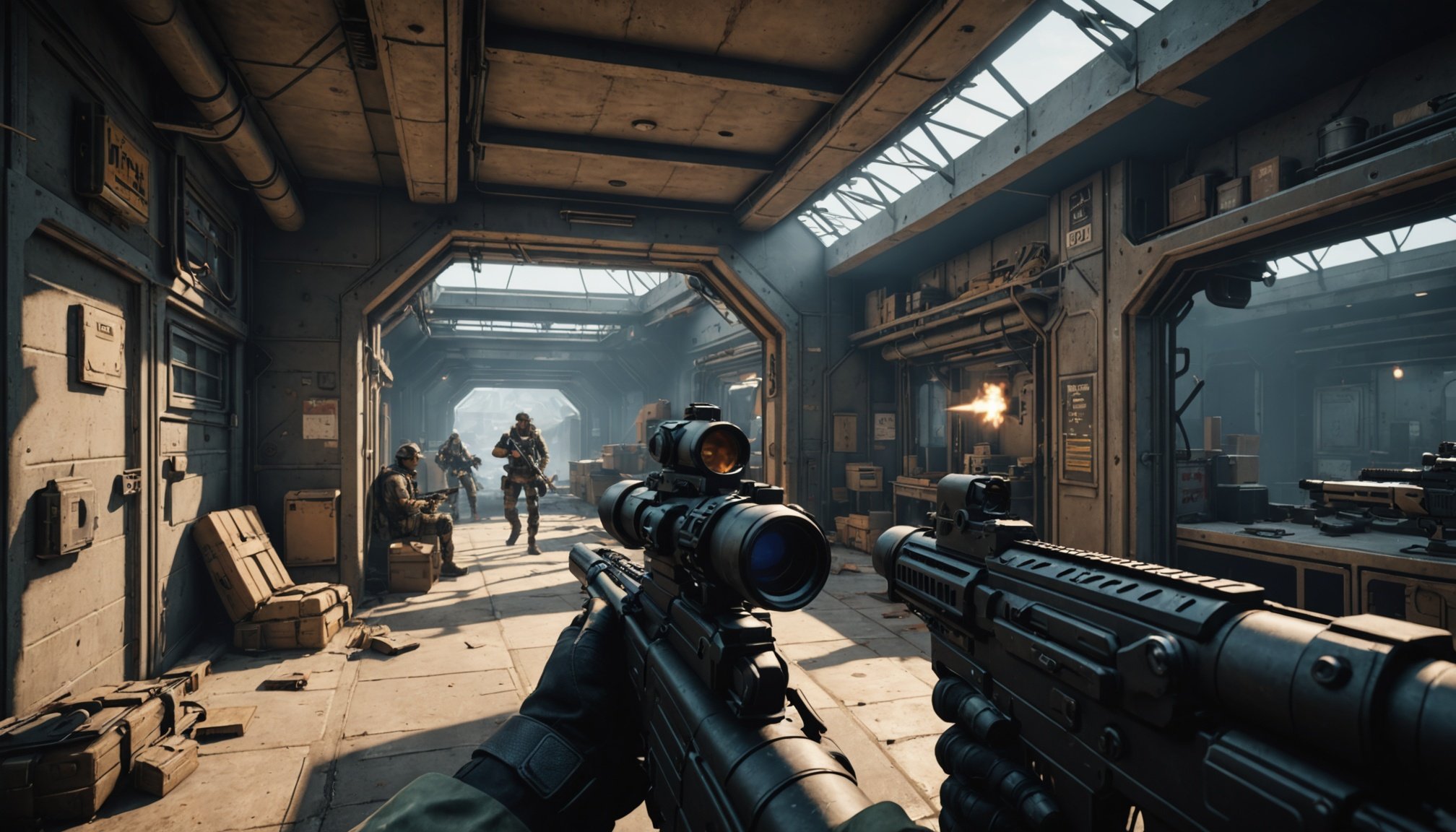Understanding AI Enemy Realism in Tactical Shooters
Creating realistic AI in tactical shooter game design is crucial for player immersion. A player’s experience in a game is significantly enhanced when enemies behave in ways that mirror real-world tactics. This realism requires careful modeling of enemy behavior, ensuring that AI reacts intelligently to the player’s actions and environment.
The principles of enemy behavior modeling often include programming AI to display awareness of surroundings, exhibit strategic planning, and showcase adaptability during gameplay. For example, AI entities might use cover effectively, coordinate with each other, or change tactics when their initial approach fails. These behaviors create a dynamic and believable gaming experience.
Have you seen this : Revamping Survival Games: Elevate Crafting with Real-World Physics for More Fun
Real-world examples of successful tactical shooter games showcase how realistic AI can transform gameplay. Games like “Tom Clancy’s Rainbow Six Siege” implement sophisticated AI that simulates the decision-making process of trained tactical teams, challenging players to react and strategize in real-time.
Moreover, the implementation of realistic AI isn’t just about challenging the player, but also about maintaining engagement through authentic encounters that invigorate gameplay. By investing in AI development that prioritizes realism and adaptability, game developers can offer players an immersive experience that both entertains and tests their strategic prowess.
This might interest you : Mastering Realistic Sand and Desert Landscapes: Expert Techniques for Adventure Game Developers
Best Practices for Developing Realistic AI Behaviors
Developing realistic AI behaviors in tactical gameplay is crucial for creating a compelling gaming experience. One core practice involves using dynamic response systems which allow AI to adapt to player actions. This adaptability ensures the game remains challenging and engaging, as AI enemies can modify their strategies based on the player’s approach.
Dynamic Response Systems
Incorporating dynamic response systems involves context-aware reactions where AI evaluates the environment continuously. It encompasses assessing threats, identifying advantageous positions, and responding to player movements. This creates a dynamic battlefield, enhancing the game’s realism and complexity.
Decision-Making Algorithms
Implementing robust decision-making algorithms is vital. Utilizing finite state machines enables diverse and unpredictable enemy behavior. For example, transitioning between states such as patrolling, searching, or attacking based on environmental cues or player actions helps enemies appear intelligent and resourceful.
Tactical Simulations
Tactical simulations are essential for creating believable and strategic AI entities. By adapting strategies according to player tactics, AI can engage in nuanced combat, offering a more immersive experience. This requires complex coding to ensure AI evaluates scenarios effectively and makes quick, logical decisions during gameplay.
Techniques for Enhancing Immersion through AI
Creating a sense of gameplay immersion in tactical shooters is a sophisticated art form that involves layering multiple aspects, including AI behavior. A key technique is the integration of sound and visual cues that accompany AI actions. For instance, the sound of footsteps or tactical commands can alert players to enemy movement, fostering a sense of presence and urgency.
Sound and Visual Cues
Such cues are not merely aesthetic; they are strategic. When players detect sounds indicating enemy movements, it necessitates a tactical response. Additionally, visual cues like shadows or muzzle flashes can effectively signal an enemy’s position, keeping players engaged and attentive.
Believable Patterns
Crafting believable patrol and search patterns further enhances realism. AI entities should exhibit varied routines based on patrol zones, occasionally deviating to investigate abnormalities. This unpredictability keeps encounters fresh and tension high.
AI Unpredictability
Lastly, leveraging AI unpredictability is essential. When enemies exhibit non-linear reactions and tactics, they challenge players to adapt continuously. This unpredictability means players cannot rely solely on memorizing patterns, making each encounter unique and compelling. These techniques collectively transform AI into a formidable aspect of immersive gameplay, encouraging strategic and thoughtful engagement from players.
Balancing Challenge and Fairness in Game Design
Striking a balance between challenge and fairness in tactical shooter games is vital to sustain player engagement. Realistic AI should test players’ strategic thinking without overwhelming them.
Scaling Difficulty through AI
One approach is to scale difficulty by adjusting AI enemy behaviors based on player performance. This can involve modifying tactics, such as increasing enemy aggression for skilled players or simplifying strategies for newcomers. By aligning AI difficulty with player skill, games can offer a more personalized experience, maintaining players’ interest and satisfaction.
Feedback Mechanisms for Players
Incorporating robust feedback mechanisms ensures that players comprehend their interactions with the game and the AI. Clear indicators of success, failure, and areas for improvement help players adapt their strategies and deepen their understanding of the game’s mechanics. This transparency enhances the game’s educational value and keeps players invested.
Techniques for AI Challenge Balance
Techniques to maintain a balance include creating AI behaviors that are challenging yet predictable to a certain extent, ensuring that players can learn and adapt without feeling overwhelmed. Additionally, regularly updating AI decisions based on player feedback helps refine and improve gameplay balance. This alignment ensures that games remain engaging and fair, encouraging long-term player engagement.
Testing and Player Feedback for Continuous Improvement
Game testing is pivotal in refining realistic AI enemy behavior, ensuring tactical shooters provide thrilling yet consistent player experiences. Thorough playtesting in diverse scenarios allows developers to identify flaws and bottlenecks in AI strategies, contributing to a polished final product.
During playtesting, developers closely monitor AI responsiveness and adaptability. Enemies should react authentically to various player tactics, challenging users effectively without presenting unfair difficulty spikes. By analyzing these interactions, designers tweak AI behaviors, promoting an engaging gaming environment.
Collecting Player Analytics
Gathering detailed player feedback and analytics is key to AI enhancement. Data regarding common player tactics, AI response time, and success rates can highlight areas needing improvement. For instance, if AI struggles to counter a frequently used player strategy, adjustments can be made to bolster its decision-making processes.
Iterative Design
The iterative design process leverages player experiences with AI opponents to continually refine game mechanics. Feedback loops allow developers to adjust AI logic iteratively, enhancing randomness or consistency based on player reception. This process not only elevates game enjoyment but also adapts AI to emerging player approaches, maintaining the game’s challenge and fairness balance over time.











